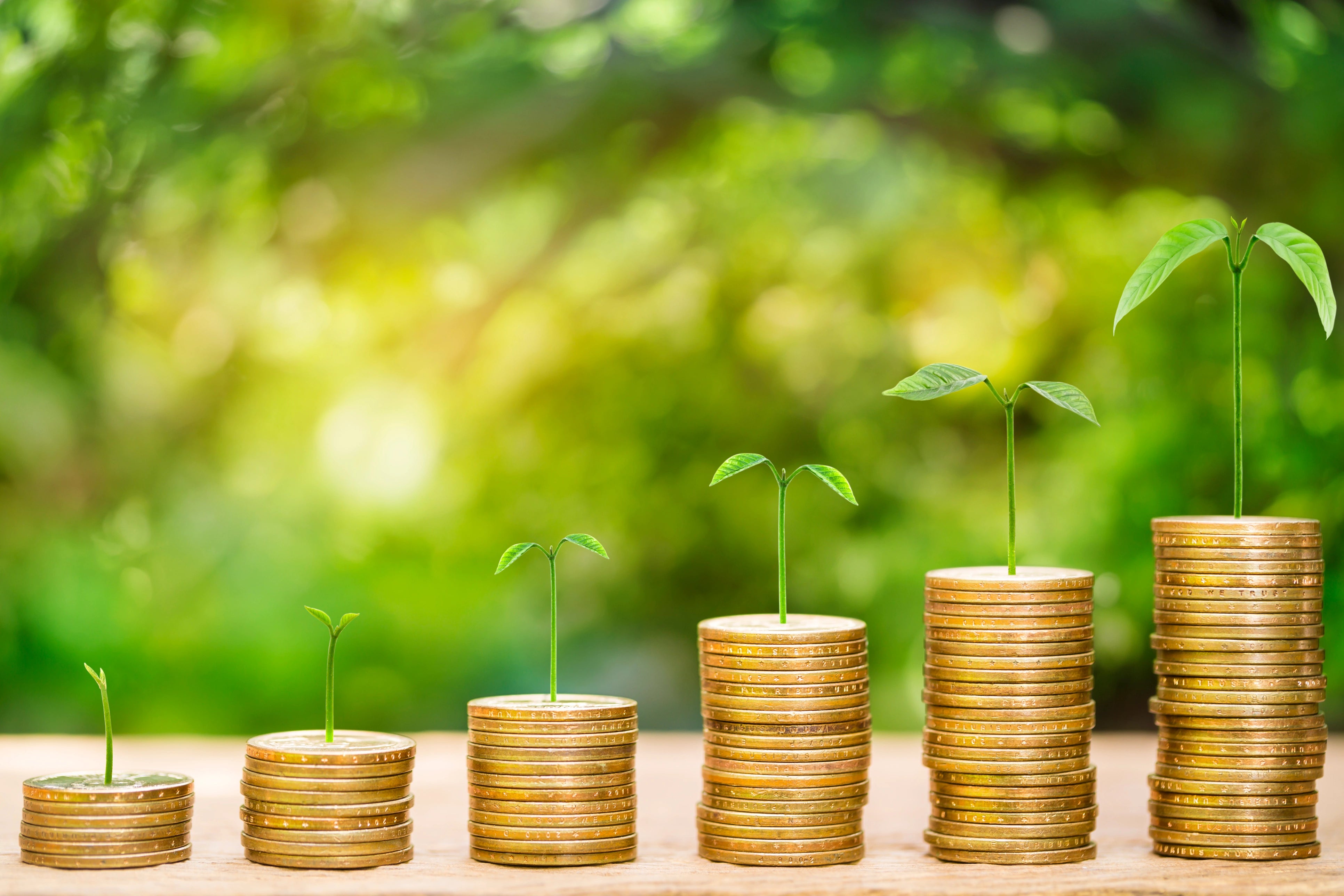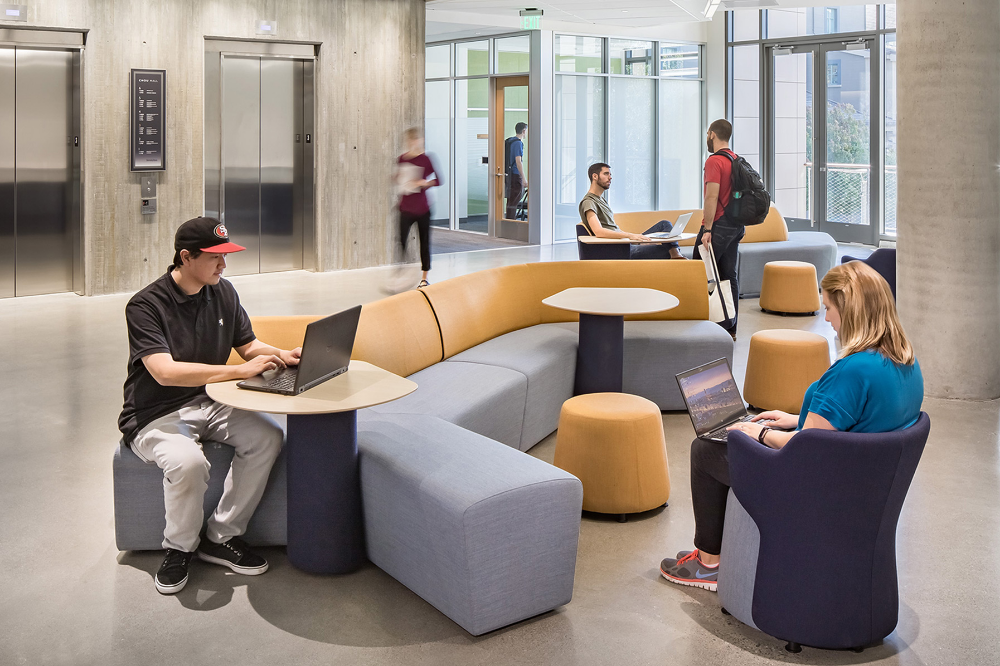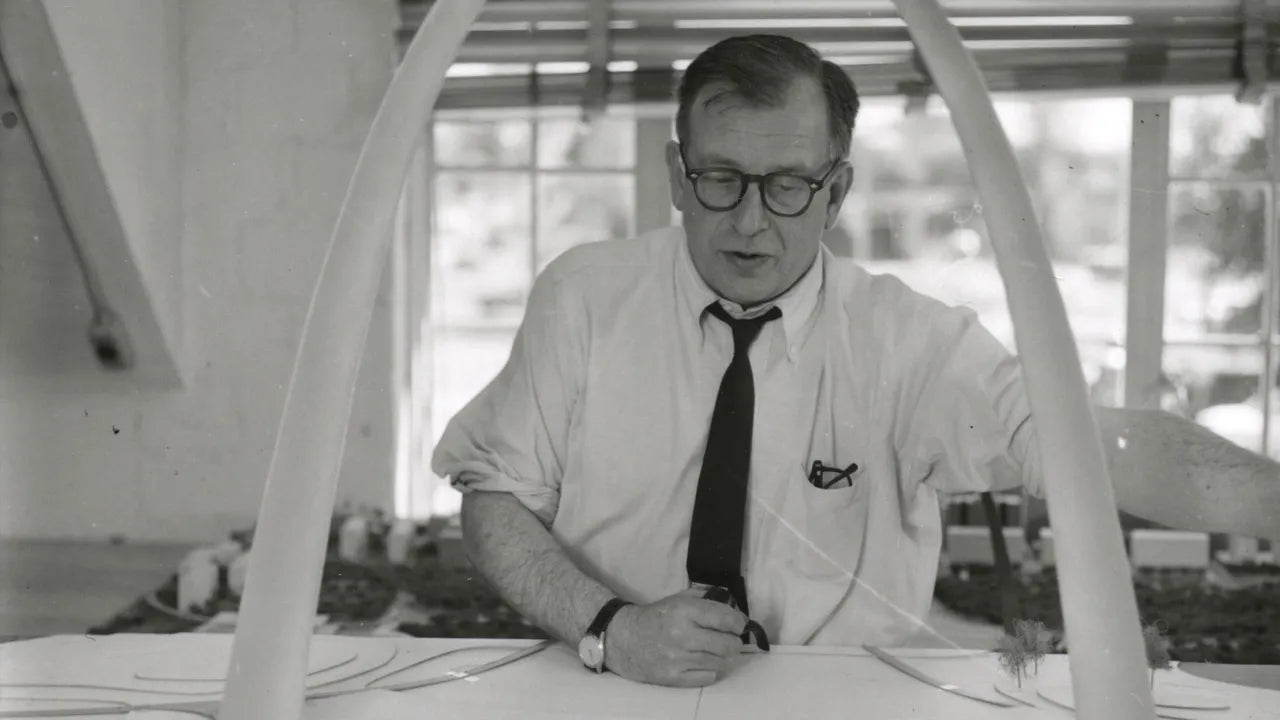
The Circular Economy
Circular economy, Waste, Our planet, Recycling, Sustainability, Circularity, Resource Cycles, Economic Benefits.
Circular Economies and Environmental Sustainability
Facing an environmental crisis, it is important we adopt sustainable practices. We must reduce household waste, conserve resources, and minimise our carbon footprint. One approach is the circular economy.
A circular economy is an economic model that aims to keep resources in use for as long as possible. This reduces waste and promotes environmental sustainability.
From reducing greenhouse gas emissions, to creating new jobs, a circular economy can transform our economy. At the same time guaranteeing a healthier, more sustainable planet for future generations.
Introduction to a Circular Economy
A Circular Economy entails a sustainable approach to production and consumption. Putting reducing waste and pollution at its heart. It operates by designing products that stay in use for as long as possible. This creates a closed-loop system.
It emphasizes the importance of extending the lifespan of products through reuse, repair and encourages recycling and responsible consumption habits. By adopting a circular approach, businesses can transform their operations. They become more efficient and environmentally friendly.
This framework matches key sustainability goals. Such as reducing carbon emissions, conserving natural resources, and promoting economic growth.
The concept of circularity is now widely recognised as central to the global effort of achieving sustainable development. The foundations of a circular economy are reuse, repair, and recycling.
These pillars are central to ensuring the best use of resources while reducing environmental impacts. Understanding that waste is a valuable resource that can be reused or repurposed instead of being discarded.
Circularity is an essential strategy for achieving a sustainable future. A common-sense strategy that balances economic prosperity, social well-being, and environmental sustainability.
Sustainable economic models recognize the importance of resource cycles. They ensure our planet has a future. By reducing waste and increasing recycling, we can create a circular economy. Resources are then kept in use for as long as possible, minimizing their environmental impact.
This approach not only benefits the environment, but it also generates economic benefits. The circular economy is a sustainable economic model that reduces waste and promotes the efficient use of resources. An alternative to the traditional linear economy, where raw materials are extracted, processed, and then disposed of as waste.
By extending a product's lifespan and enabling easy repair, reuse, and recycling, businesses can reduce their dependence on resources.
This improves the environmental performance of the business and provides consumers with sustainable options that they can feel good about purchasing.
Implementing a Circular Economy
The implementation of a circular economy requires well-planned and thought-out steps.
To achieve success in this, it is important to start with an overview of what a circular economy is. A circular economy is an economic model that aims to keep resources in use for as long as possible.
It involves transitioning from a linear model of taking, making, and disposing. To a circular one of reducing, reusing, and recycling. This transition offers significant economic benefits, such as reduced material and production costs, increased resource efficiency, and new business opportunities.
The shift towards a circular economy requires systemic change that encompasses every aspect of our supply chains. Sustainability is at the core of this change and entails rethinking traditional economic models to adopt more sustainable practices.
By taking a collaborative approach, businesses can work towards achieving sustainability objectives in an effective and efficient manner. This requires a shift towards a more sustainable business model that considers the long-term environmental, social and economic impacts.
Adopting sustainable practices benefits the environment and increases business profitability and stability, setting a positive example for future generations.
To Conclude
A circular economy offers many benefits for environmental sustainability. Not only does it help reduce waste, but it also conserves resources and lowers greenhouse gas emissions.
Furthermore, it stimulates economic growth and creates new jobs and opportunities. Businesses, governments, and individuals are looking for ways to address climate change and promote sustainability.
By adopting a circular economy model in our lives, we can achieve this. Building a more sustainable future for ourselves and generations to come.
Come see our sustainable office furniture today.



